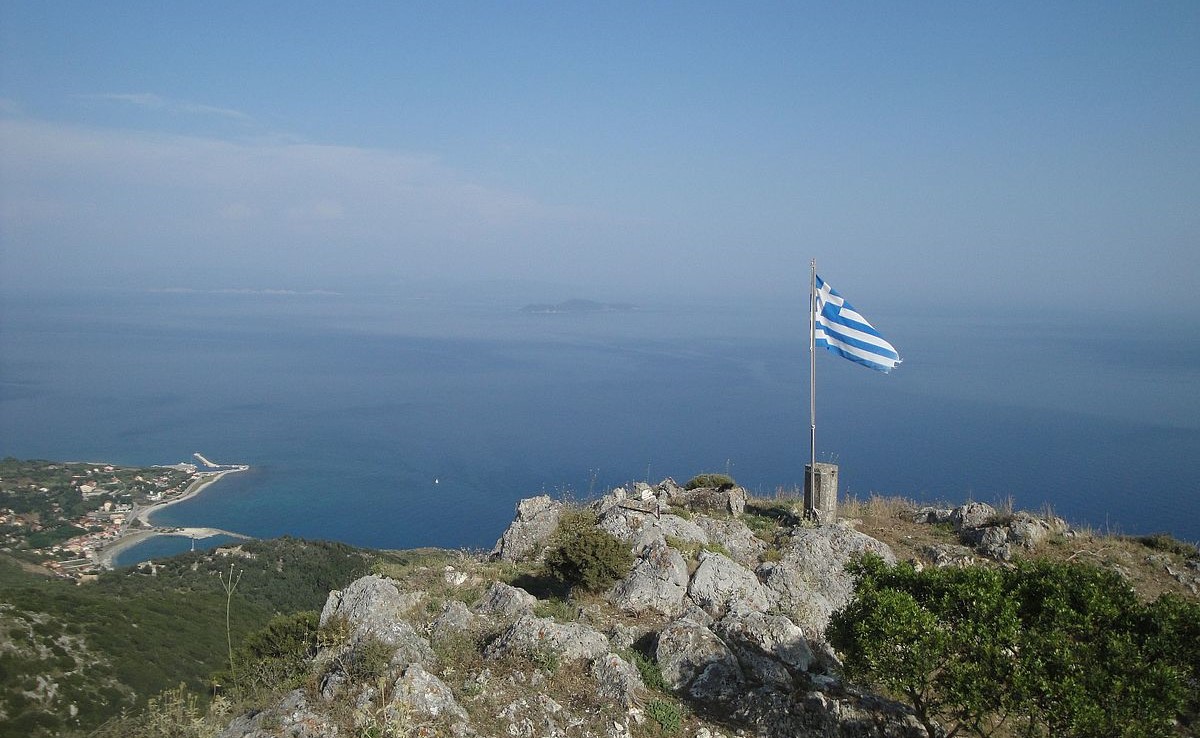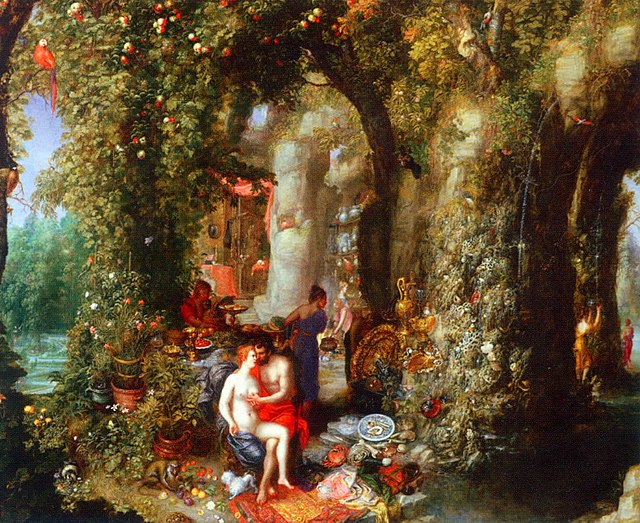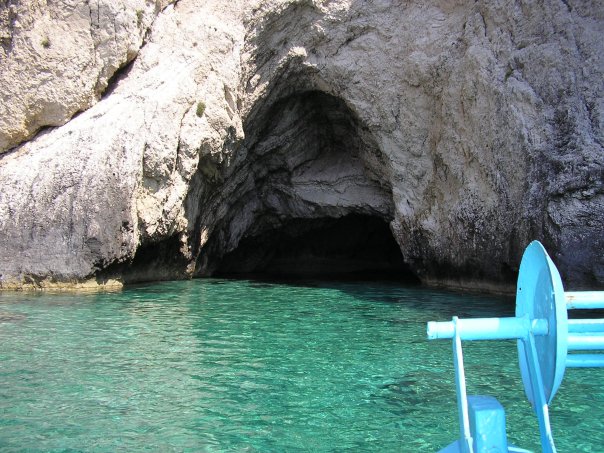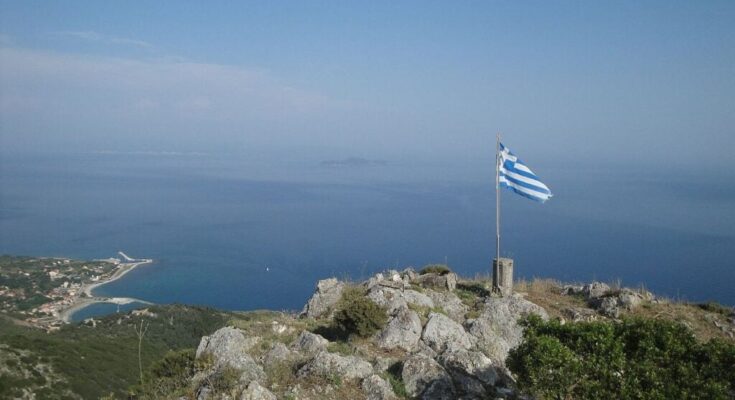
At the junction of two seas, the Ionian and the Adriatic, there is a beautiful island that is known as the westernmost point of Greece. It was also famous for being Calypso’s island in Greek mythology. Located northwest of Corfu, it is now called Othonoi.
Othonoi is the largest island of the Diapontian Islands and the westernmost part of Greece. It is forty nautical miles from Italy. When the weather is good, the Italian cape of Otranto, Santa Maria di Leuca, is visible.
The highest mountain of the island, which is Imerovigli, is at 393 meters. It has 392 inhabitants. In winter, however, that number decreases dramatically. The small Greek island, full of history, natural beauty, and beautiful beaches, invites travelers to a unique journey through time.
Similarly to Corfu, Othonoi has a diverse history of conquerors. In the 11th century AD, the Franks conquered the island. In the 12th century, it fell to the Venetians. The island was also the center of many pirate attacks, mainly from Berbers.
Towards the end of the 14th century, when Charles III of Naples ruled the island, he granted the islands of Othoni, Mathraki, Agios Stefanos, Ereikousa, and Diaplo to the knight Theodoros Skalitis.

During the year 1537, the island faced a tragedy. The pirate Barbarossa attacked and slaughtered the inhabitants of the island. Following the Naval Battle of Nafpaktos in 1571, during which the Turkish fleet was destroyed, the islanders began to move around more safely. Paxinos and Epirotes later settled on the island. They then colonized the nearby islands of Ereikoussa and Mathraki.
In 1815, the English conquered Othonoi. The British used the island as a recovery shelter for sick soldiers thanks to the good climate of the island. Finally, the island became a part of Greece on May 21, 1864. In 1875, sixty-seven percent of the island’s professionals were sailors and another thirteen percent were masters. Today, most habitants of Othonoi have immigrated to Athens, Corfu, and the USA.
The USA, especially New York City, is home to hundreds of Othonians. Some even return back to the island in the summer months. They run local businesses there.
Homer’s Ogygia
According to Greek mythology, this is the island that Homer calls Ogygia in the Odyssey. It is considered to be the island where Odysseus stayed for seven years and fell in love with the nymph Calypso.
According to myth, Calypso’s love for Odysseus, combined with the god Poseidon’s anger for him, caused him to be unable to continue his journey to Ithaca. Prompted by the goddess Athena, who asked Zeus to intervene, Calypso was forced to present Odysseus with a dilemma. Odysseus was asked to choose between his release and the eternal immortality Calypso had offered him. He chose to complete his journey.

Evidence confirms this legend appears in the writings of Homer. He described a strong scent of cypress on Ogygia. Many cypress trees grown on Othonoi.
Shortly after departing the island on a raft, Odysseus is shipwrecked on Scheria, which we know of today as Corfu. This implies that the two islands Homer described were relatively close. Likewise, the islands of Othonoi and Corfu are separated by a relatively short distance. Due to this mythological connection, during the 16th century, many naval maps described Othonoi as “Calypso island.”
In addition, according to Greek grammarian, Hesychius of Alexandria (5th or 6th c. AD), after the Trojan War, Elephenor, king of Abantes, fled from Euboea to the island following the fall of Troy to atone, as he had killed his grandfather, Abas.
An island of numerous names
Aside from “Calypso island,” Othonoi has had many other names throughout history. It was initially known as Othronos or Othronoi.
Others called it “Fidonisi” (Snake island) because of the many snakes believed to exist on the island. To the Italians, it was “Fanò” (Lamp) due the lighthouse situated there. The lighthouse was built in 1872 and was later destroyed by the Germans during World War II. It was later rebuilt.
Nowadays, the Othonians living in Corfu sometimes call the island “Pera” (“Πέρα” meaning beyond in Greek), as the island is located beyond Corfu.
An ideal place for hikers
There is an abundance of paths and dirt roads on the island. These are surrounded by rich vegetation. They connect the coast to the interior. The island is the ideal place for hikers. Furthermore, the island is quite fertile with tons of vegetation.
Othonoi is full of cypresses, chestnuts, plane trees, holly trees, myrtles, wild olives, coconuts, tamarisk, squash, oaks, heather, sage, thyme, capers, milkweed, and asparagus. Olive trees of more than four hundred years comprise the island’s rich vegetation. More than three hundred species of plants have been identified on Othonoi to date, and it is an important station for many migratory bird species.

Visitors hiking the rich mountains of Othonoi will come across many picturesque houses, old olive workshops, unique rock formations, and pathways amongst the lush fauna resembling a tropical jungle.
An important settlement of the island is “Chorio,” translated as “Village,” which stands out for its charm. It is located in the mountains. Residents chose the specific settlement to avoid possible attacks by pirates. Today, it is known for its breathtaking views.

Green-blue waters and Calypso’s cave
Both residents and visitors appreciate Othonoi for its crystal-clear, blue-green waters. The main beach of the island is Ammos. Another one is Aspri Ammos, situated in the west. It houses the cave of “Calypso.” The beach is well-known for its soft, clean, white sand. The Calypso cave is where the nymph Calypso held Odysseus captive in Homer’s Odyssey.
The island also has plenty of opportunities for divers. North of the island, the bay of Fyki is ideal for diving, as it houses the sunken shipwreck of the vessel, Sara. Moreover, there are plenty of sea animals in the waters. This includes whales, white sharks, dolphins, and the endangered monk seal.
How to get to Othonoi from Corfu
Travelers can get to Othonoi from either the main harbor of Corfu or by catching a small boat from St. Stefanos village on the northwest side of the island.
St. Stefanos is located right across Othonoi, and it has a small port, where travelers can catch the ferry “Pegasus.” It runs every day all year around. The ferry also imports goods to the few residents of the island.
Another way to get to Othonoi is from the main harbor of Corfu. The ferry “Evdokia” goes to Othonoi in order to deliver packages and other necessary items.



